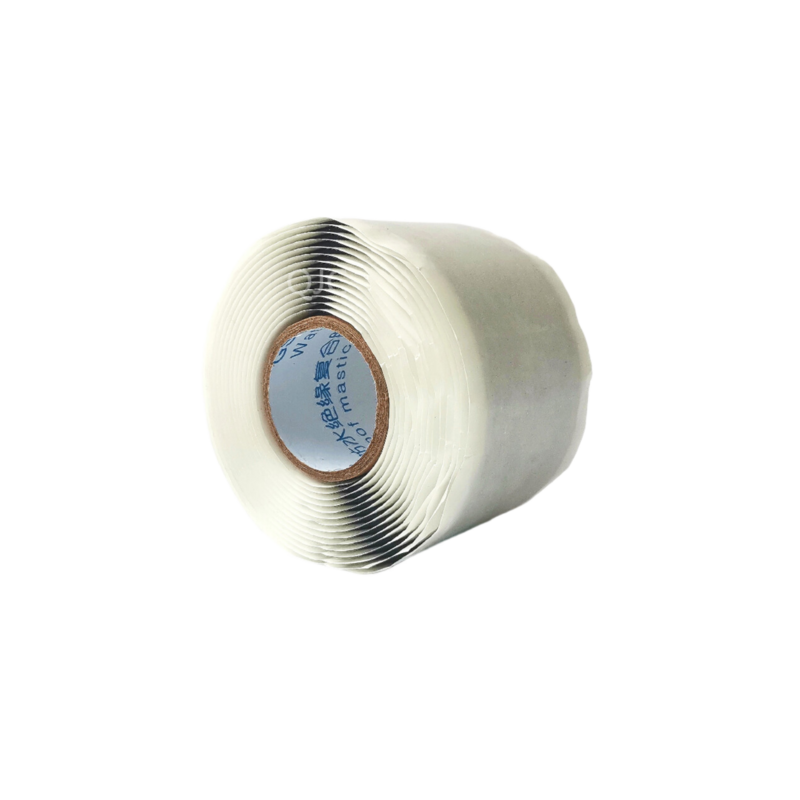Butyl Rubber Waterproofing A Comprehensive Guide
Waterproofing is a critical aspect of construction and maintenance, especially in areas prone to moisture exposure. Among the various waterproofing materials available, butyl rubber has gained significant attention due to its unique properties and benefits. This article delves into the characteristics of butyl rubber, its applications in waterproofing, and the advantages it offers for both commercial and residential projects.
What is Butyl Rubber?
Butyl rubber is a synthetic rubber created through the polymerization of isobutylene, often with small amounts of isoprene. Its unique molecular structure gives it excellent impermeability to gases and moisture, making it an ideal candidate for waterproofing applications. Butyl rubber can be processed into various forms including sheets, membranes, and sealants, each serving distinct purposes in construction and repair projects.
Key Properties of Butyl Rubber
1. Water Resistance Butyl rubber’s primary advantage is its superior water-resistant properties. It forms an effective barrier against water penetration, which significantly reduces the risk of leaks and structural damage.
2. Flexibility Butyl rubber remains flexible across a wide temperature range, allowing it to accommodate structural movement without cracking or losing its sealing capabilities. This property is particularly beneficial in environments where building materials are subject to expansion and contraction due to temperature changes.
3. Durability This material is highly resistant to UV light, ozone, and various weather conditions. Unlike other rubber varieties, butyl rubber does not degrade easily, making it a long-lasting choice for waterproofing applications.
4. Chemical Resistance Butyl rubber can withstand exposure to various chemicals, including acids and alkalis, which makes it suitable for industrial environments where chemical spills might occur.
5. Adhesion Butyl rubber exhibits excellent adhesive properties, making it effective when used as a sealant in conjunction with other materials. Its stickiness allows it to bond well to various substrates, enhancing its waterproofing capabilities.
Applications of Butyl Rubber Waterproofing
Butyl rubber is versatile and finds its applications in several areas
butyl rubber waterproofing

1. Roofs and Roof Gardens Butyl rubber membranes are commonly used in flat roofs and roof gardens due to their strength and resilience. They provide an effective barrier against water intrusion, helping to prevent leaks that can compromise the interior of a building.
2. Foundations and Basements In below-grade construction, butyl rubber is employed as an external waterproofing layer on foundations and basement walls. This application is crucial for preventing moisture buildup, which can lead to mold growth and structural damage.
3. Ponds and Water Features For landscaping projects that involve ponds or water features, butyl rubber liners are ideal due to their flexibility and resilience. These liners create a waterproof barrier that helps maintain water levels while allowing for creative designs.
4. Industrial Containers In industrial settings, butyl rubber is utilized to line containers and storage tanks, ensuring that hazardous liquids do not leak, which could pose environmental risks.
5. Joint Sealants Butyl rubber sealants are often used in construction joints, pipe penetrations, and other openings where water could penetrate, serving to protect vulnerable areas from moisture damage.
Advantages of Using Butyl Rubber for Waterproofing
Opting for butyl rubber waterproofing brings several advantages
- Cost-Effectiveness While the initial cost may be higher than some other materials, the long lifespan and minimal maintenance needs of butyl rubber can lead to savings over time.
- Environmentally Friendly Butyl rubber is relatively eco-friendly compared to other synthetic materials. Its durability means less frequent replacement, which translates to reduced waste.
- Ease of Installation Many butyl rubber products come in ready-to-use forms, simplifying the installation process. This can save both time and labor costs during construction projects.
Conclusion
Butyl rubber waterproofing is an excellent choice for various applications, offering durability, flexibility, and effective water resistance. Whether for residential construction or industrial applications, investing in butyl rubber products can ensure lasting performance and protection against moisture damage. By understanding the advantages and applications of butyl rubber, property owners and contractors can make informed decisions that enhance the longevity and safety of their structures.
-
XIANGFAN Rubber Tape-Ultimate Solutions for All Your Insulation NeedsNewsJun.24,2025
-
XIANGFAN Rubber Tape-Protection for Industrial and Residential ApplicationsNewsJun.24,2025
-
XIANGFAN Rubber Tape: Superior Safety and Sealing for Demanding EnvironmentsNewsJun.24,2025
-
XIANGFAN Rubber Tape: Reliable Solutions for Every Electrical ChallengeNewsJun.24,2025
-
XIANGFAN Electrical & Industrial Tape: Powering Reliability Across IndustriesNewsJun.24,2025
-
XIANGFAN Electrical & Industrial Tape: Excellence in Every ApplicationNewsJun.24,2025
